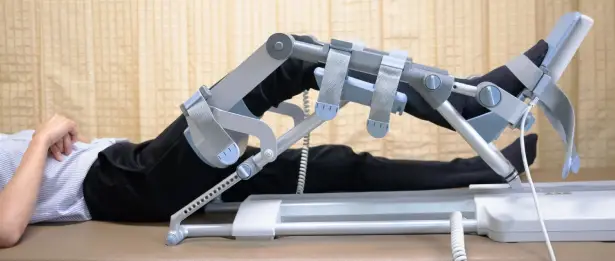Pediatric Orthopedic: Conditions, Treatments, and What Families Should Know
Pediatric orthopedic care helps diagnose and treat bone, joint, muscle, and ligament problems in babies, children, and teens. Kids have unique needs because their bodies are still growing and healing quickly. Families often visit for issues like fractures, limb alignment differences, flat feet, hip dysplasia, scoliosis, sports injuries, or differences present at birth. Early checkups help tell what is normal and what needs care, giving families clear advice and peace of mind.
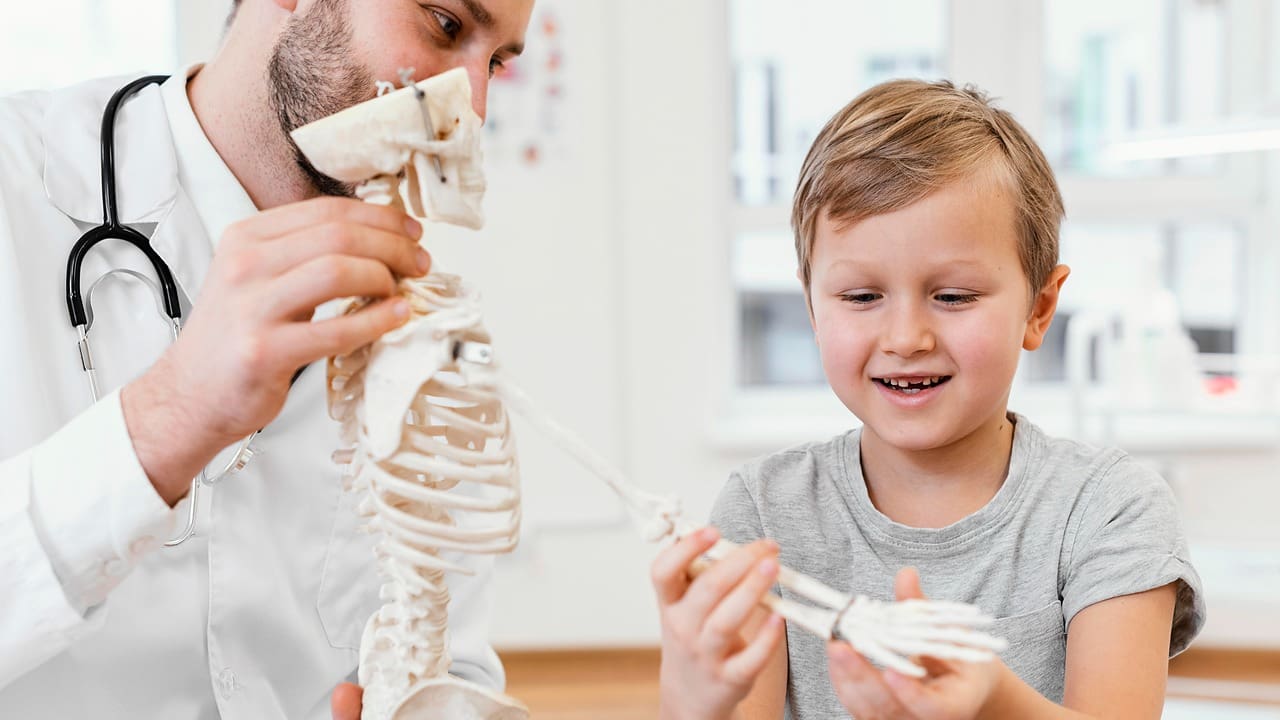
At a pediatric orthopedic visit, the team takes time to listen to your child and make them comfortable during the exam. Imaging is performed only when needed, using safe, child friendly methods. Depending on your child’s age and issue, they may use an ultrasound, X ray, or MRI. Good care means explaining results in simple terms, setting clear expectations, and offering step by step choices such as observation, activity changes, therapy, bracing, or surgery, if truly needed. Families get written instructions and a follow up plan so they know what to do at home and when to come back.
Which Diseases Does Pediatric Orthopedics Treat?
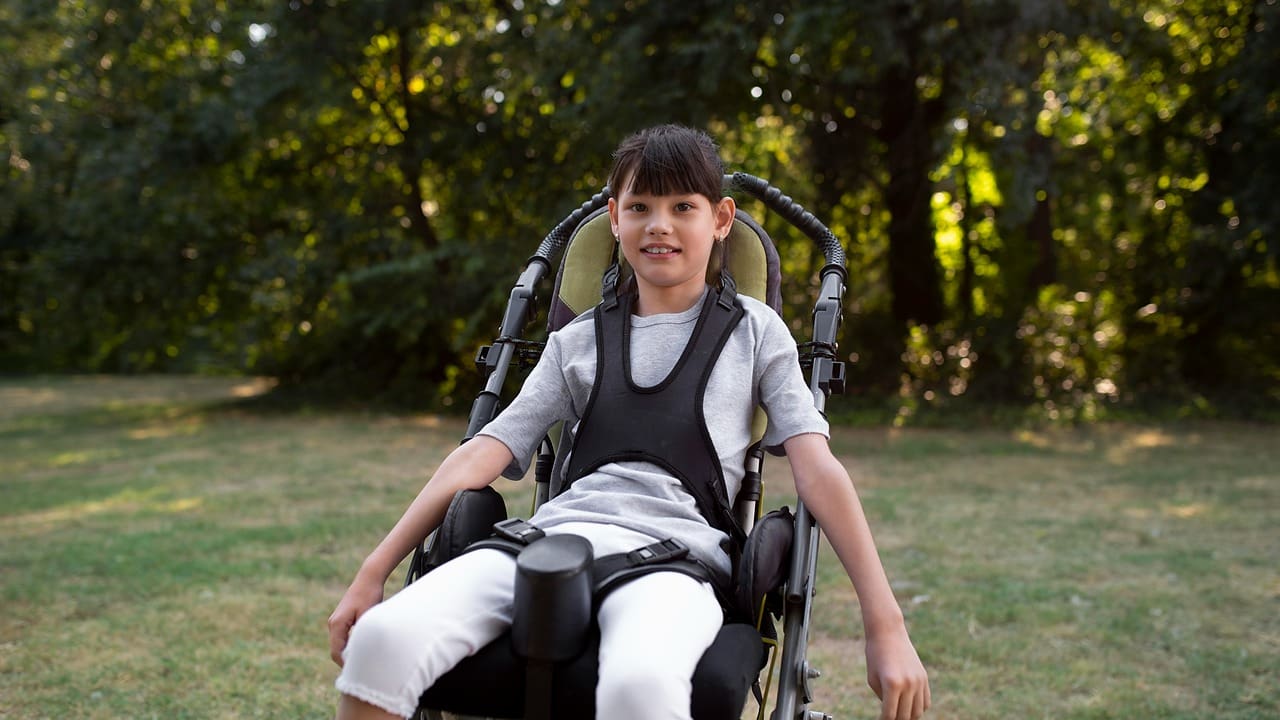
If there is a suspicion that your child has a gait disorder, hip joint problem, limping, curvature or deformity of the legs, length difference between the legs, foot deformity, poor posture, spinal deformity, bone fractures, joint dislocations, bone and joint infections or musculoskeletal tumor, it is necessary to consult a pediatric orthopedist.
- Treatment of bone deformities and shortness (Correction of deformity and bone extension)
- Treatment of orthopedic problems caused by neurological diseases in children (Cerebral palsy, spina bifida)
- Treatment of congenital and developmental limb anomalies (Blount's disease, tibia vara, fibular hemimelia, tibial hemimelia, congenital femoral deficiency, congenital tibial pseudoarthrosis, polydactyly, fingertip walking)
- Treatment of pediatric foot ankle problems (Pes equinovarus, flatfoot, tarsal coalition, hallux valgus)
Treatment of hip problems in children and young adults (Developmental hip dysplasia, Perthes disease, Slipped capital femoral epiphysis, coxa vara) - Treatment of fractures and complications related to fractures in childhood
- Treatment of childhood spinal problems
- Treatment of genetic and metabolic bone diseases in childhood (Osteogenesis imperfecta, rickets, mucopolysaccharidosis, skeletal dysplasias)
Pediatric Orthopedic Surgeon vs. Specialist: What’s the Difference for Your Child’s Care?
Families often wonder about titles such as pediatric orthopedic. Families may wonder about the difference between a pediatric orthopedic doctor, specialist, or surgeon. All care for children’s bones, joints, and muscles, but their roles can be different. Specialists often provide non surgical care, such as education, activity modifications, therapy, and bracing or casting. Surgeons can do these things too, and also perform surgery if needed. Most kids don’t need surgery early; gentle care usually works well.
The best teams start with simple treatments and only suggest surgery if it’s truly needed. Are cases discussed as a team? For example, scoliosis management depends on curve size and growth potential: mild curves are monitored, moderate curves may be braced, and larger, progressive curves may require surgery. Hip dysplasia in infants may respond to a harness, whereas older children may require surgical stabilization. Transparent dialogue with clear explanations helps families feel confident.
Pediatric Orthopedic Urgent Care: When to Go and What to Expect
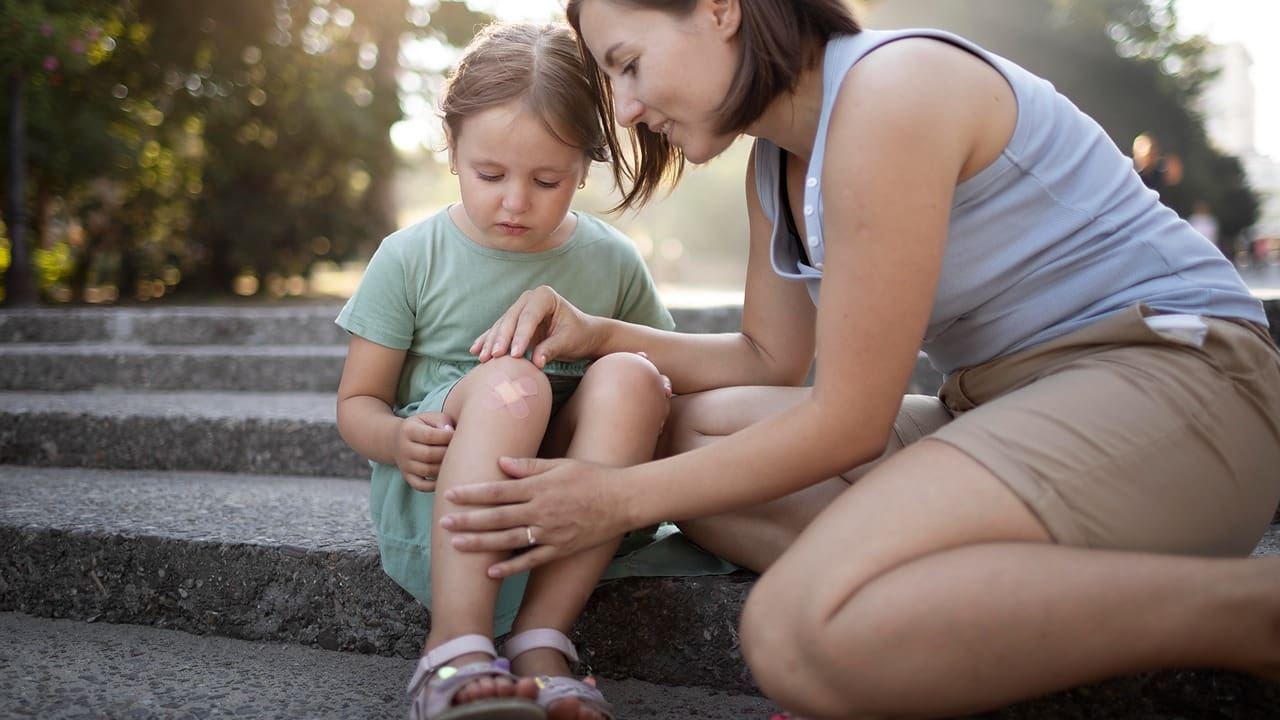
Pediatric orthopedic urgent care is designed for rapid assessment and treatment of injuries and acute symptoms.
Seek urgent care for:
• Suspected fractures or dislocations after a fall or sports injury
• Severe limb pain, swelling, or a visible deformity
• Inability to bear weight or use an arm
• Fever with a very painful, red, and stiff joint (possible infection)
• Numbness, tingling, or color change in a limb after casting or injury
When you arrive, the team will do a focused exam and use imaging that’s safe for kids if needed. Many fractures can be set and put in a cast or splint the same day. Families get clear instructions about how to elevate the injury, manage pain, and what activities to avoid, along with a follow up appointment. If your child needs more advanced care, the urgent care team works quickly with surgeons to make sure there are no delays.
Pediatric Orthopedic Surgery: Safety, Minimally Invasive Options, and Recovery
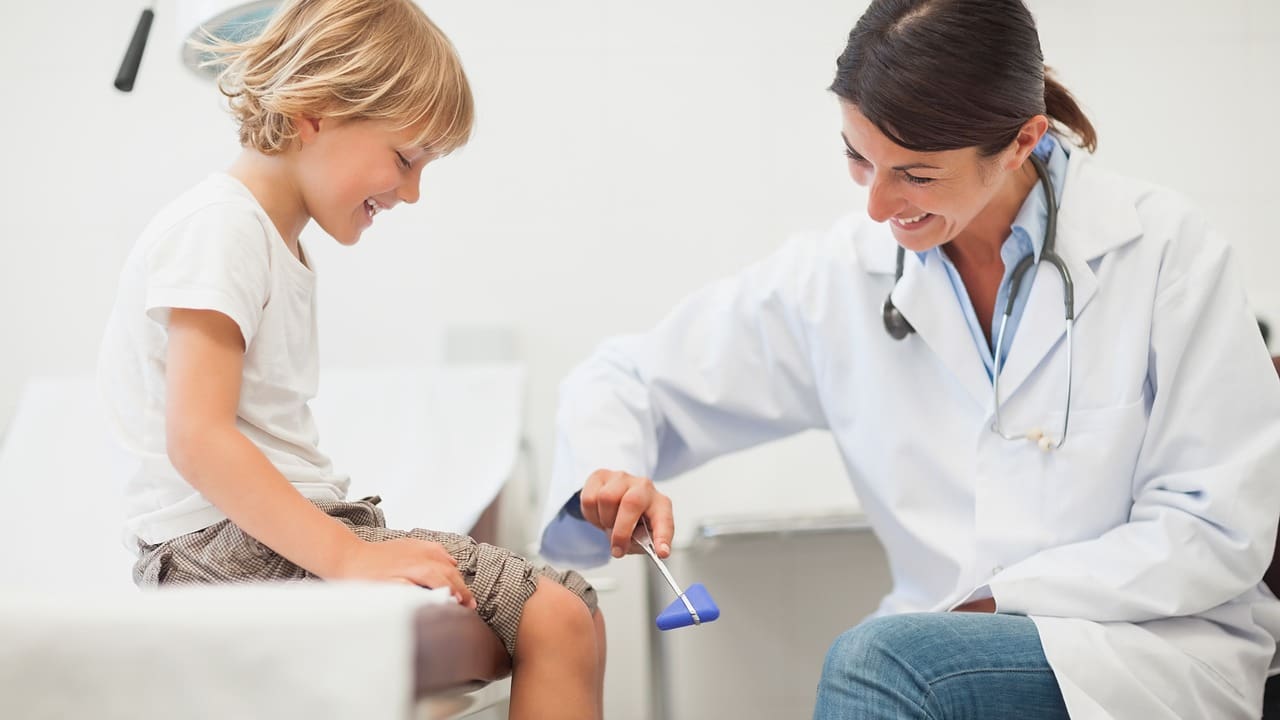
If surgery is needed, pediatric teams focus on safety and your child’s growth. Before surgery, they review images, choose the right sized tools, and use anesthesia that fits your child’s age and needs. Surgeons use minimally invasive methods when possible, like small pins for fractures, tiny cameras for joint injuries, or special techniques to guide bone growth. These options help your child heal faster and with less discomfort.
Families are told about the goals, benefits, risks, and other options, with clear timelines and what to expect. Recovery plans focus on good pain control, getting moving early, and knowing when it’s safe to go home. Parents get written instructions for caring for wounds, bathing, returning to school, and safe activities. Follow up visits check healing, and imaging is only done if needed. Care plans change as your child grows to keep them comfortable and active.
Liv Hospital Pediatric Orthopedics Clinic

Liv Hospital Pediatric Orthopedics Clinic deals with the diagnosis and treatment of congenital or acquired musculoskeletal diseases, which are caused by neurological, infectious, tumoral, traumatic or other reasons and seen in childhood. Liv Hospital employs a Pediatric Orthopedist specialized for the children and young adult patient group.
The main purpose of Liv Hospital Pediatric Orthopedics Clinic is to provide diagnosis and treatment in a short time and to ensure the patient's return to normal life without sequelae in the long term. Many of the orthopedic problems that occur in adulthood are caused by pediatric orthopedic diseases that have not been diagnosed, adequately treated, or properly followed up during childhood.
Therefore, pediatric orthopedics also has an important place in terms of reducing adult orthopedic problems. Pediatric orthopedics constitutes one of the most basic and important fields of orthopedic surgery and holds an important place in public health.
Pediatric Orthopedic Doctors Near Me: Scheduling, Imaging, and Child Friendly Anesthesia
Getting care quickly is important, especially after an injury or if symptoms change fast. When you call a pediatric orthopedic doctor near you, ask if they have urgent appointments for serious problems and how they decide who needs to be seen first. For imaging, choose places that use kid friendly methods to keep radiation low, use ultrasound when possible, and save MRI for more complex cases.
If your child needs a procedure, child friendly anesthesia and sedation can help them feel calm and comfortable. Pediatric anesthesia teams use the right dose for your child’s size and age, and may use distraction or let you stay nearby. Many small procedures and fracture fixes can be done with local numbing, nerve blocks, or light sedation to keep things safe and comfortable. Afterward, you’ll get clear instructions for the first day or two, including how to manage pain, help your child move, and what signs mean you should call the doctor.
Pediatric Orthopedic Center: Multidisciplinary Care and Seamless Follow Up
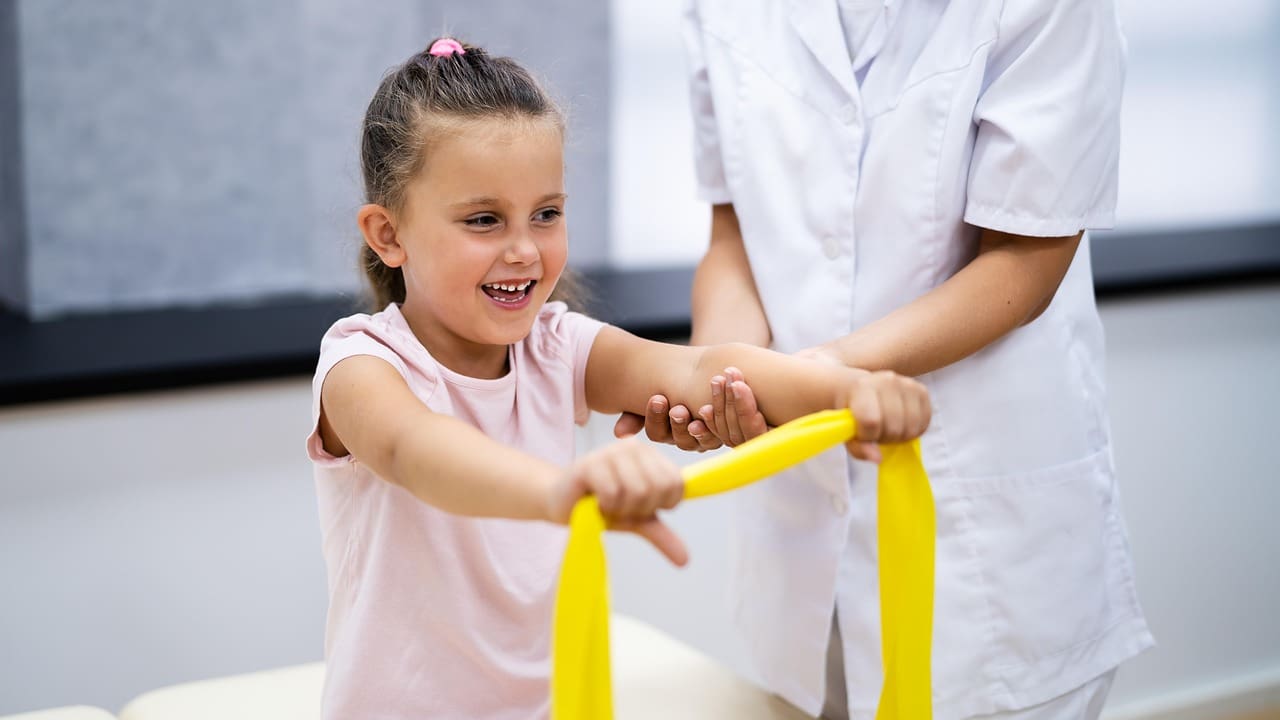
A comprehensive pediatric orthopedic center coordinates services to simplify the family experience. Your child may benefit from:
• On site casting and bracing tailored to growth
• Physical therapy and sports rehabilitation with pediatric expertise
• Child focused imaging with technologists trained to work with kids
• Collaboration with pediatric pain management or rheumatology when needed
Good follow up means you get clear timelines, reminders, and easy ways to ask questions. For young athletes, plans should explain when it’s safe to play sports again. For ongoing issues like scoliosis or limb length differences, regular checkups help keep life on track and care up to date. The goal is to lower stress, make visits quick, and help your child recover well.
Pediatric Orthopedic Treatment for Common Issues: Fractures, Scoliosis, Hip and Foot Problems
Fractures
Many pediatric fractures heal quickly with proper immobilization. Some require reduction or pinning to maintain alignment during healing. Families learn about caring for swelling, precautions, and warning signs such as numbness or increased pain. Follow up visits confirm alignment and healing, and activity guidance reduces the risk of re injury.
Scoliosis
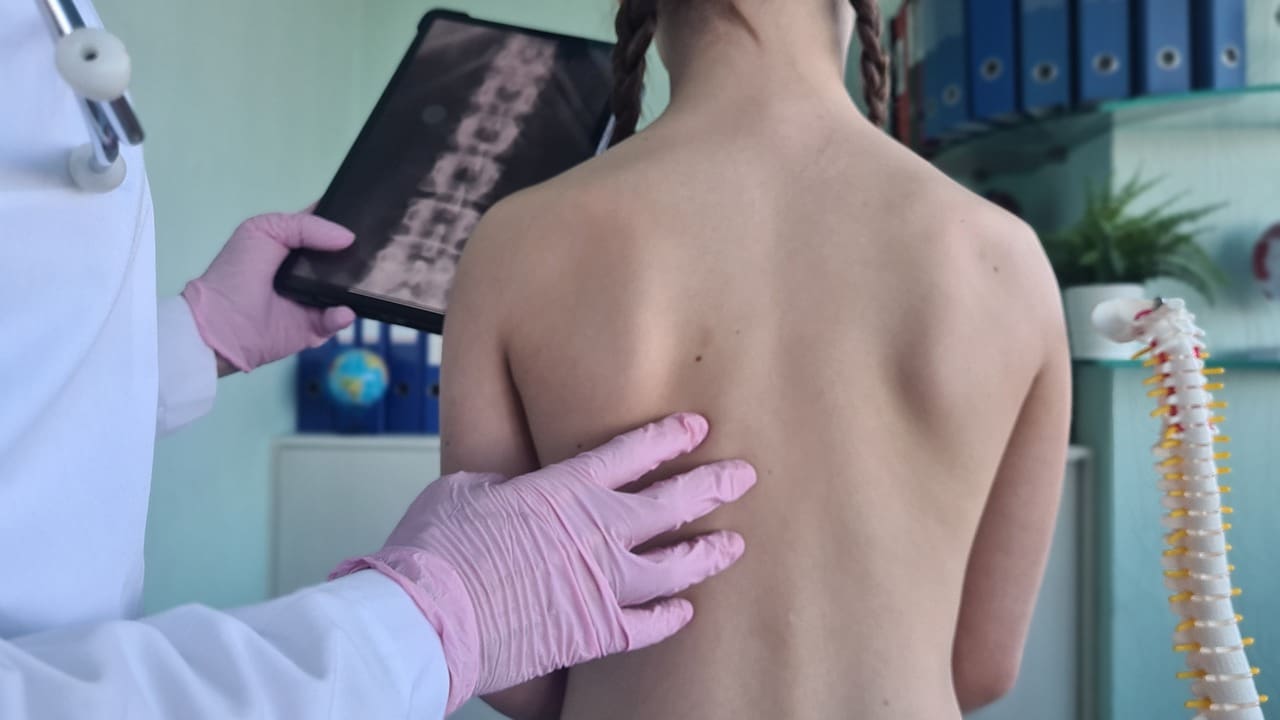
Management depends on curve size, growth potential, and symptoms. Mild curves are observed with periodic X rays; moderate curves may be braced to limit progression; larger or progressive curves may need surgery. The goal is to maintain function and comfort while protecting long term spinal health. Regular monitoring ensures the plan adapts as your child grows.
Hip Conditions (including dysplasia and impingement)
Finding hip dysplasia early in babies means a harness can help the joint grow correctly. Older kids with ongoing pain or loose hips may need a brace or sometimes surgery. For teens with hip pain, changes in activity, therapy, and special imaging help guide care. In some cases, a small surgery called arthroscopy is used to fix certain problems.
Foot and Ankle (flat feet, intoeing/out toeing, Sever’s disease, sprains)
Most kids with flat feet have no pain and don’t need treatment, but supportive shoes and activity changes can help if needed. Intoeing and out toeing usually get better as kids grow, but doctors check to make sure nothing more serious is going on. Sports sprains heal with rest, careful walking, and a plan to return to activity. For heel pain, often called Sever’s disease, stretching, ice, and taking a break from some activities usually help.
Sports Injuries
Quick checks for sprains, growth plate injuries, and overuse problems like Osgood-Schlatter disease help kids get back to sports safely. Rehab focuses on building strength, flexibility, and good technique to prevent future injuries. Clear rules for returning to play keep young athletes safe.
What Recovery Looks Like and How Families Can Help ?
Most children recover quickly with age appropriate guidance. Families support healing by following weight bearing instructions, using pain control plans as prescribed, and keeping scheduled follow ups. Schools and sports organizations appreciate written notes outlining activity restrictions and timelines for safe return. If your child is wearing a brace or cast, request tips on skin care, bathing, and safe modifications for daily activities. As symptoms improve, gradual progression to normal routines rebuilds strength and confidence while minimizing the risk of re injury.
For more information about our academic and training initiatives, visit Liv Hospital Academy
Frequently Asked Questions for Pediatric Orthopedic
Where can I find a pediatric orthopedic specialist near me?
Look for a pediatric orthopedic clinic with child friendly imaging, on site casting/bracing, access to rehabilitation, and clear pathways for urgent care and second opinions. Prioritize experience with your child’s specific condition and responsive communication.
How are common pediatric orthopedic conditions treated without surgery?
Nonoperative care may include rest, activity modification, physical therapy, bracing or casting, shoe inserts for comfort, and guided home exercises. Many issues, such as simple fractures, flexible flat feet, and mild scoliosis, are managed successfully without surgery with regular monitoring.
What imaging is used in pediatric orthopedics, and is it safe?
Imaging is carefully selected to limit radiation exposure. Ultrasound helps in infants (for hips), X rays evaluate bones and alignment, and MRI assesses soft tissues and complex conditions. Clinics follow child specific safety standards to keep exposure as low as reasonably achievable.
What is pediatric orthopedic urgent care, and when is it needed?
Pediatric orthopedic urgent care provides rapid evaluation and treatment for suspected fractures, dislocations, severe sprains, inability to bear weight, or possible infection near a joint. Many fractures can be reduced and casted the same day, with instructions for pain control and follow up.
What happens at a pediatric orthopedic appointment?
You’ll discuss symptoms and history, followed by a gentle, age appropriate exam. If imaging is needed, the team uses child focused protocols (low dose X rays, ultrasound, or MRI when appropriate). You’ll receive a step by step plan, home care tips, and a clear follow up schedule.
What is the difference between a pediatric orthopedic surgeon and a pediatric orthopedic specialist?
Both treat children’s musculoskeletal problems. Specialists often manage non surgical care (education, therapy, bracing, casting). Pediatric orthopedic surgeons provide nonoperative care and surgery when needed. Most childhood conditions are treated without surgery; surgery is reserved for clearly indicated cases.
When should I see a pediatric orthopedic specialist?
Seek care if your child has persistent pain, limping, spinal curvature, joint swelling, a visible deformity, frequent tripping, or difficulty bearing weight. After an injury, go urgently for severe pain, deformity, numbness, changes in limb color, or fever with a very painful joint.

